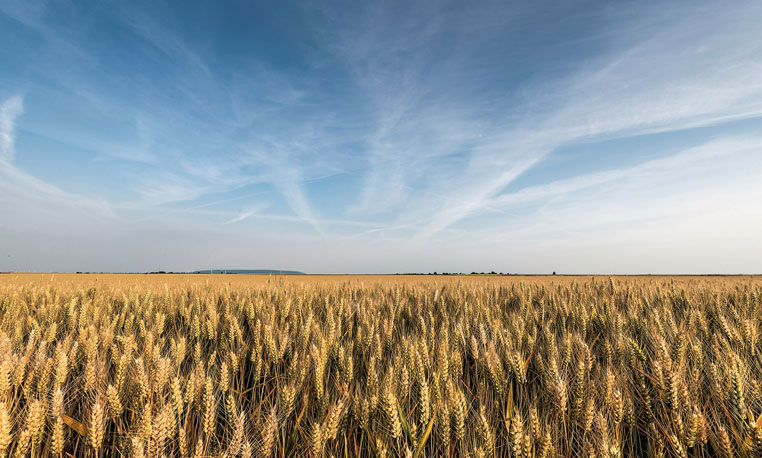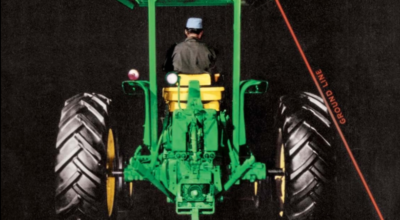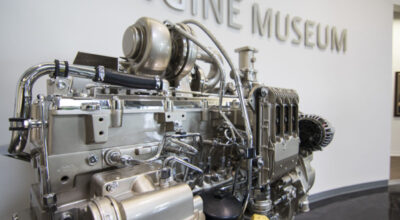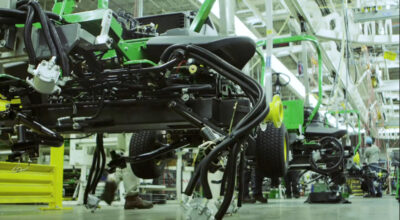John Deere equipment is internationally known for its quality and commitment to customers, following their founder’s famous “I will never put my name on a product that does not have in it the best that is in me” mantra. However, the company focuses on more than just quality equipment. Community, safety, health, and the environment are all critical cogs in the wheels that make Deere run.

To better illustrate the company’s roots and continued commitment to these values, we’ve put together a John Deere timeline filled with 20th century equipment safety and environmental protection milestones. Enjoy!
1920
Deere and Company creates its own cloth-screen filtering system to remove pollution from plow-grinding operations.
1936
The company’s first foundry is equipped with air pollution controlled molding equipment.
1938
John Deere forms a product safety committee. Warning labels are placed on corn pickers and shielding for power take-offs is introduced.
1940
Tractors have power take-off shields installed and made available in retrofit programs for tractors produced after 1932.
1947
The John Deere corporate industrial safety department is established.
1957
John Deere adopts strict water-effluent standards that were said to be on par with those mandated by Illinois Water Board a decade later.
1960
Fuel tanks on tractors were moved ahead of the radiator and away from the engine to improve safety.
1962
Deere allocates $1.3 million for pollution prevention.
1963
Lawn and garden tractor starting interlocks are developed.
1965
Decals with internationally-recognized symbols are introduced for simple identification of controls across products.
1966
Roll-over protection devices are made available to the industry.
1967
Deere’s first corporate environmental policy is established.
1968
The Department of Environmental Control is established to coordinate pollution-control efforts.
1970
Dual-beam headlights with a dimmer switch are developed for improved lighting for transport along highways and a computerized injury-analysis system is introduced.
1972
Roll-over protective structures (ROPS) are made available for tractors manufactured after 1960. Sound-Gard tractor cabs are designed to reduce operator exposure to noise/airborne particles and PowerGard (shielding for power take-off drive lines) is introduced.
1975
The “Management by Objective” program is established as a foundation for continuous company-wide safety improvements.
1982
The hinged PTO master shield for tractors is announced.
1983
A traction interlock system for lawn and garden tractors is developed.
1984
A bypass-start override valve is created to stop bypass starting.
1985
ROPS are made standard equipment on tractors.
1989
Lock ‘n Load closed chemical-handling system for planters is co-developed by John Deere. John Deere combines and cotton pickers are equipped with the Operator Presence System.
1992
Power take-off-alert operator-presence system is designed.
1993
Freon air conditioning was phased out in new products (ahead of the auto industry).
1998
Deere implemented the Environmental Management System, introduced a new operator enclosure that provides quiet and clean air and sprayers are equipped with drift-reducing technology.
1999
Turn-signal module that connects tractors and their implements is introduced. A 2-stroke engine innovation is designed to reduce emissions 70 percent while improving fuel economy 30 percent.

The 20th century was filled with important company milestones relating to product safety and the environment. Hopefully this John Deere timeline helped shed some light on the events that have shaped the company that Deere is today.
If you enjoyed this post or want to read others, feel free to connect with us on Facebook or Twitter!


